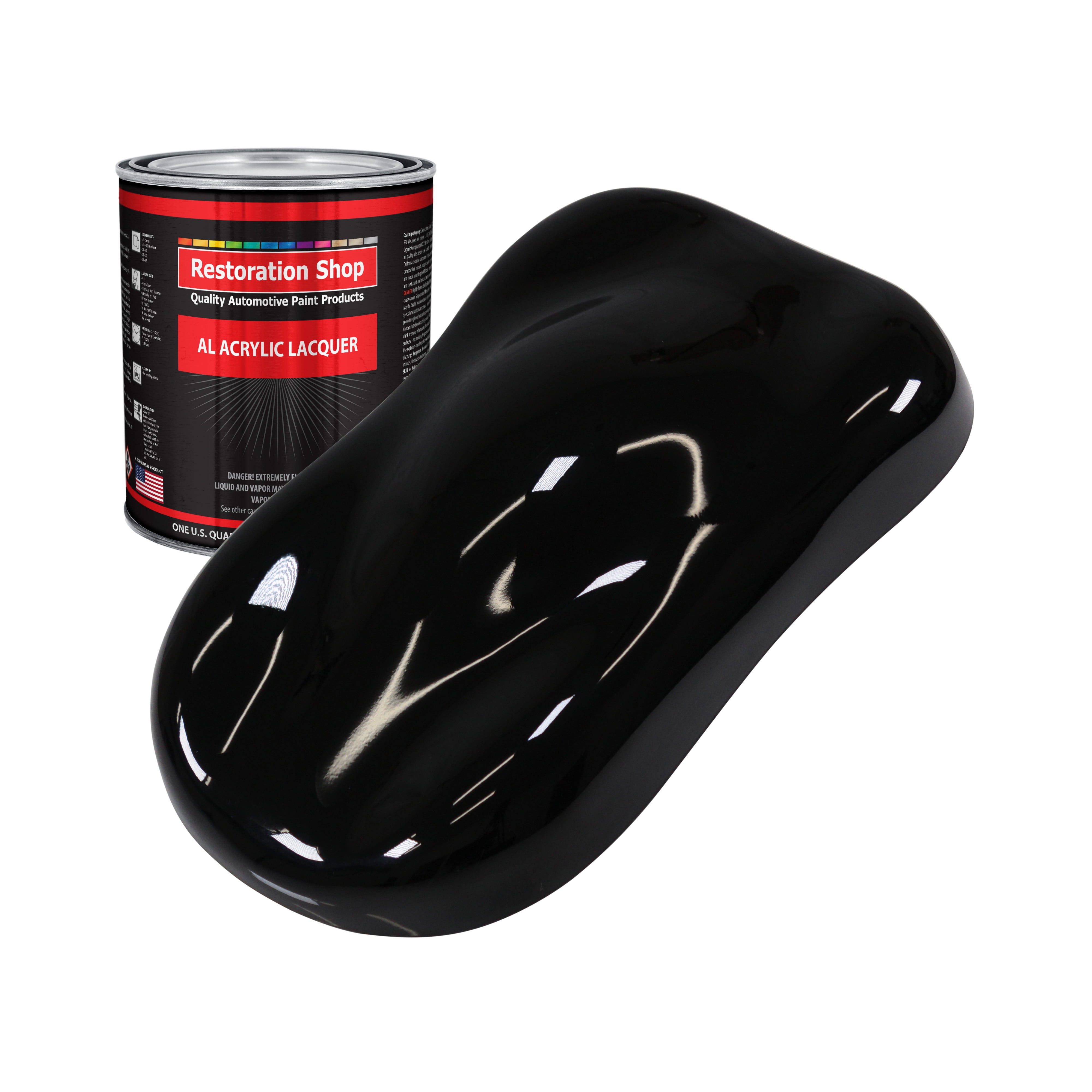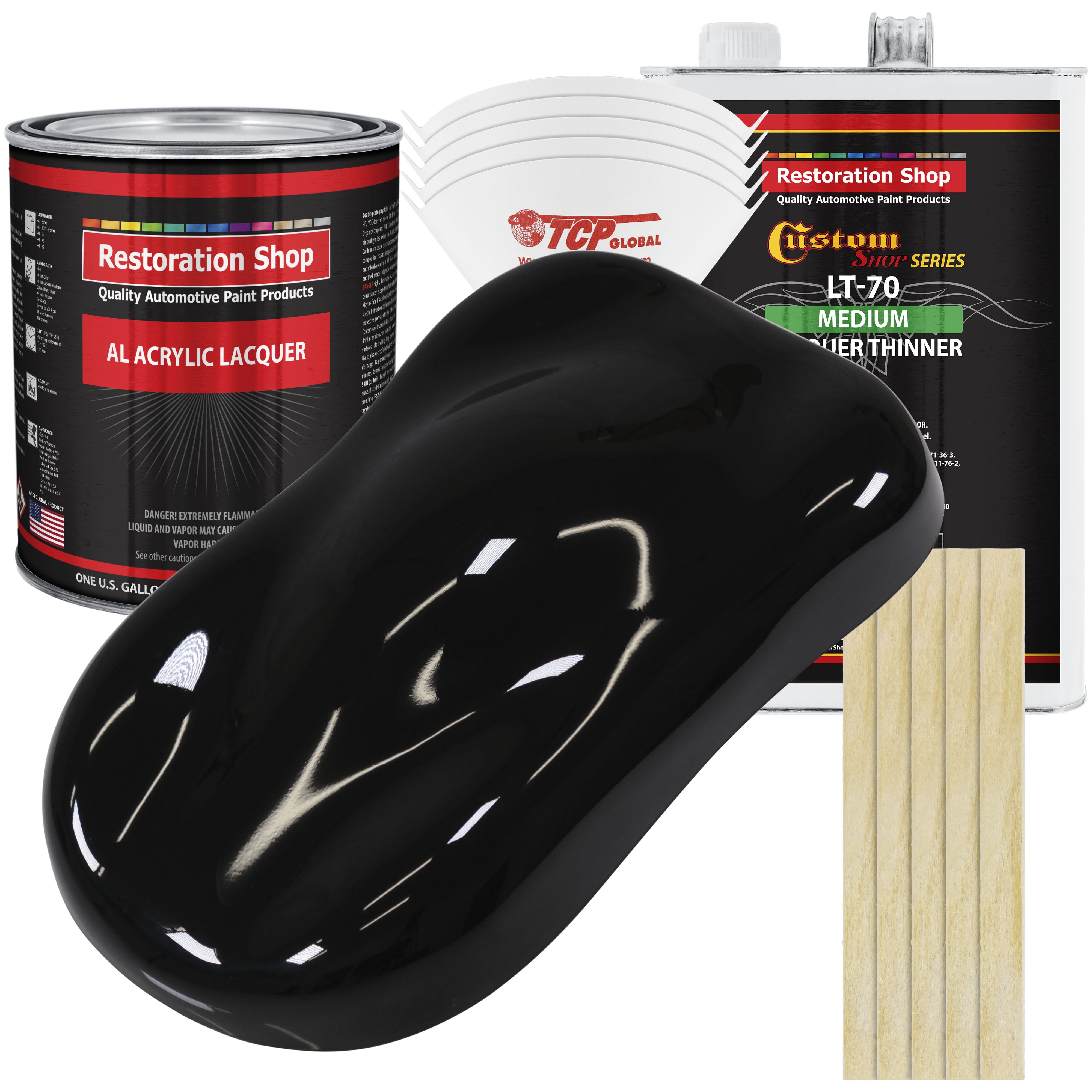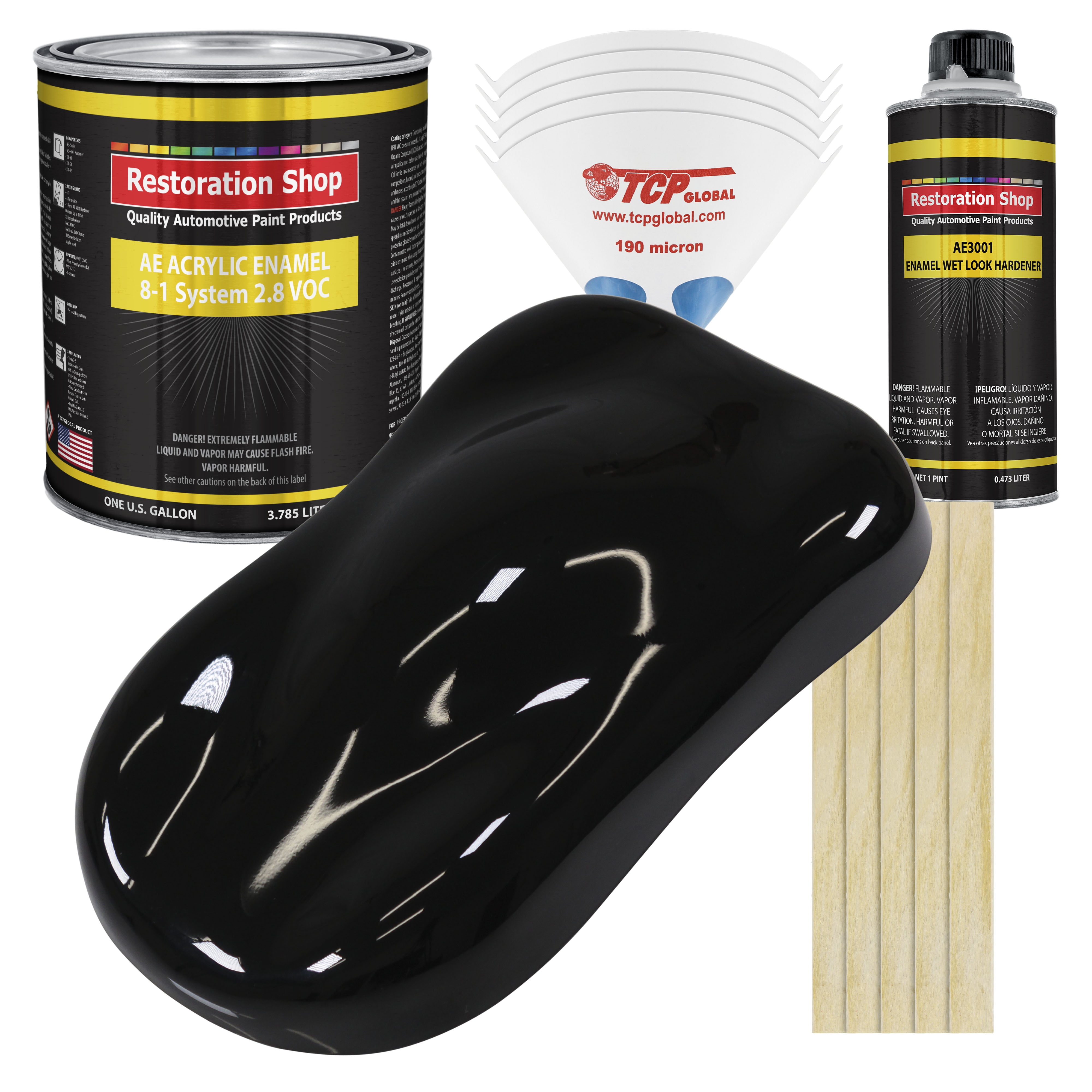Black lacquer car paint exudes elegance and sophistication, enhancing the curves and lines of any vehicle. Its unique properties and meticulous application techniques make it a timeless choice for discerning car enthusiasts.
With its origins in ancient Japan, black lacquer has evolved into a highly durable and resistant automotive finish. Its composition and manufacturing process contribute to its exceptional longevity, ensuring a pristine appearance for years to come.
Historical Significance of Black Lacquer Car Paint
Black lacquer car paint holds a profound historical significance, tracing its origins to ancient Chinese and Japanese artistry. Lacquer, a natural resin derived from the sap of the lacquer tree, has been used for centuries to create exquisite decorative objects, including furniture, tableware, and musical instruments.
Do not overlook explore the latest data about best paint for hardie siding.
In the automotive industry, black lacquer car paint gained prominence during the early 20th century, influenced by the Art Deco movement and the desire for sleek and sophisticated designs.
Origins and Evolution
The earliest known use of lacquer in automotive paint dates back to the 1920s, when Japanese car manufacturers began experimenting with the material. Black lacquer quickly became popular due to its durability, high gloss finish, and unique aesthetic appeal. In the 1930s, American car manufacturers adopted black lacquer paint, and it soon became a staple of luxury and performance vehicles.
Cultural and Aesthetic Influences
The popularity of black lacquer car paint was influenced by several cultural and aesthetic factors. In China and Japan, black lacquer has long been associated with wealth, power, and elegance. The deep, lustrous finish of black lacquer exudes a sense of sophistication and exclusivity, making it a desirable choice for high-end automobiles.
Moreover, the Art Deco movement of the early 20th century emphasized geometric shapes, streamlined designs, and luxurious materials. Black lacquer car paint perfectly complemented this aesthetic, adding a touch of glamour and modernity to vehicles.
Technical Characteristics and Composition
Black lacquer car paint stands out with its exceptional properties, including unparalleled depth, gloss, and resistance to scratches and environmental factors. This distinctive finish owes its characteristics to its unique chemical composition and manufacturing process.
Composition and Manufacturing
Black lacquer car paint is composed of a blend of resins, pigments, solvents, and additives. The primary resin used is nitrocellulose, known for its fast drying time and excellent adhesion. Pigments, such as carbon black, provide the漆黑hue. Solvents, like esters and ketones, dissolve the resins and pigments, allowing them to be applied smoothly.
Additives, such as plasticizers, enhance flexibility and prevent cracking.
Discover the crucial elements that make amy howard milk paint the top choice.
The manufacturing process involves multiple layers of application. The first layer is a primer, which promotes adhesion to the metal surface. Subsequent layers of black lacquer are applied, each sanded and polished to achieve a smooth, mirror-like finish.
Durability and Resistance
Black lacquer car paint exhibits exceptional durability and resistance to scratches, chips, and fading. Its hard, protective coating shields the underlying paint from damage caused by road debris, UV rays, and harsh weather conditions. This resilience ensures a long-lasting, lustrous finish.
Learn about more about the process of antique oil painting portrait in the field.
Application and Techniques
Black lacquer car paint requires meticulous application and specialized techniques to achieve its distinctive high-gloss finish. The process typically involves several stages, each demanding precision and attention to detail.
Preparation
Prior to paint application, the car’s surface undergoes thorough preparation. This includes sanding to smooth out imperfections, cleaning to remove contaminants, and priming to enhance paint adhesion.
Obtain a comprehensive document about the application of best sealer for painted rocks that is effective.
Application
Black lacquer car paint is typically applied in multiple thin coats using a spray gun. Each coat is allowed to dry and cure before the next is applied. The number of coats required depends on the desired depth of color and gloss.
Sanding and Polishing
After the final coat has dried, the surface is sanded to remove any imperfections and create a smooth base for polishing. Polishing involves using a series of abrasive compounds and pads to bring out the paint’s luster and achieve a mirror-like finish.
Detailing, Black lacquer car paint
The final stage of the process involves detailing, which includes removing any remaining polishing residue and applying protective wax or sealant. This step enhances the paint’s durability and maintains its glossy appearance.
Maintenance and Care: Black Lacquer Car Paint
Maintaining the appearance of black lacquer car paint requires specific care and attention. Regular cleaning, detailing, and protection are essential to preserve the paint’s glossy finish and prevent damage.
Cleaning and Detailing:
- Use a pH-neutral car wash soap and soft microfiber cloths to avoid scratching the paint.
- Hand-wash the car to prevent damage from automated car washes.
- Dry the car thoroughly with a clean microfiber towel to prevent water spots.
- Apply a wax or sealant to protect the paint from environmental damage.
Protection from Environmental Damage:
- Park in shaded areas or use a car cover to protect the paint from UV rays.
- Avoid exposure to extreme temperatures, as this can cause the paint to fade or crack.
- Use a clay bar to remove contaminants from the paint surface.
Design and Aesthetics
Black lacquer car paint possesses a captivating visual impact, exuding elegance and sophistication. Its deep, lustrous finish creates a mirror-like surface that reflects light, accentuating the lines and curves of a vehicle’s body.
Enhanced Lines and Curves
The smooth, glossy surface of black lacquer paint accentuates the subtle contours of a vehicle, making them appear more pronounced and defined. The reflections and highlights dance across the paint, creating a dynamic interplay of light and shadow that enhances the vehicle’s overall aesthetic appeal.
Examples of Elegance
- Bentley Continental GT: The sleek lines of the Continental GT are complemented by a lustrous black lacquer finish, showcasing the car’s refined elegance.
- Rolls-Royce Phantom: The Phantom’s regal presence is further enhanced by a deep black lacquer paint, emphasizing its opulent and luxurious character.
- Ferrari 812 Superfast: The aggressive curves and aerodynamic lines of the 812 Superfast are accentuated by a glossy black lacquer paint, creating a striking and intimidating appearance.
Outcome Summary
Black lacquer car paint continues to captivate car owners and enthusiasts alike, offering a timeless and sophisticated aesthetic. Its ability to enhance the design of a vehicle, coupled with its durability and ease of maintenance, makes it a discerning choice for those seeking a truly exceptional finish.
Questions Often Asked
What are the origins of black lacquer car paint?
Black lacquer has its roots in ancient Japan, where it was used to create intricate and durable finishes on furniture and other objects.
How is black lacquer car paint applied?
Black lacquer car paint is applied in multiple layers, with sanding and polishing between each layer to achieve a smooth and glossy finish.
How can I maintain the appearance of my black lacquer car paint?
Regular cleaning, waxing, and protection from environmental damage are essential for maintaining the pristine appearance of black lacquer car paint.



